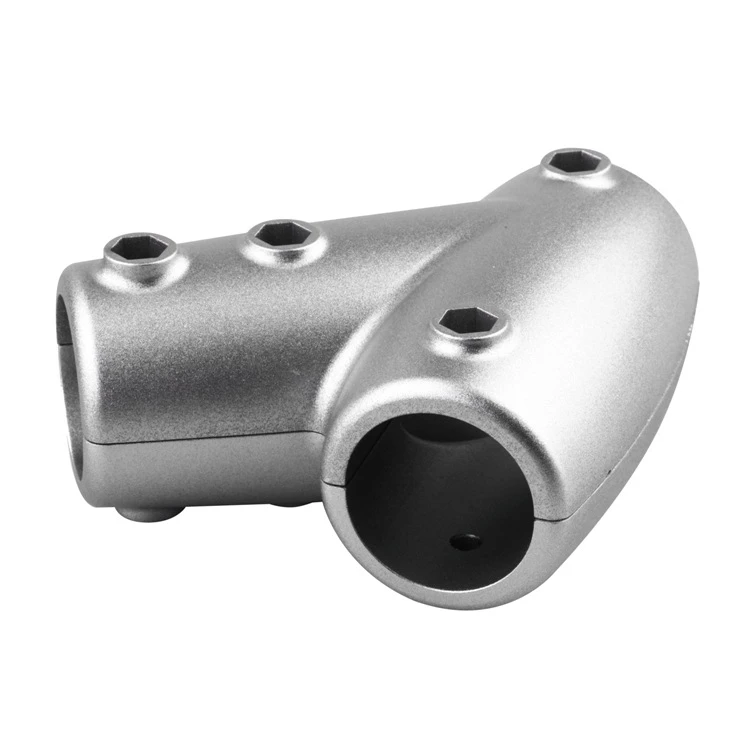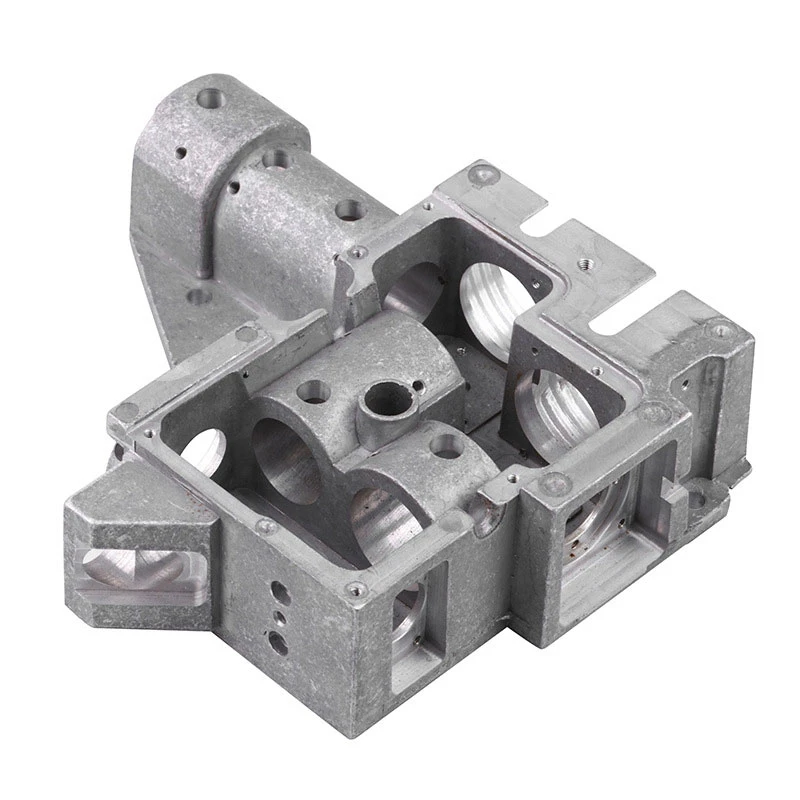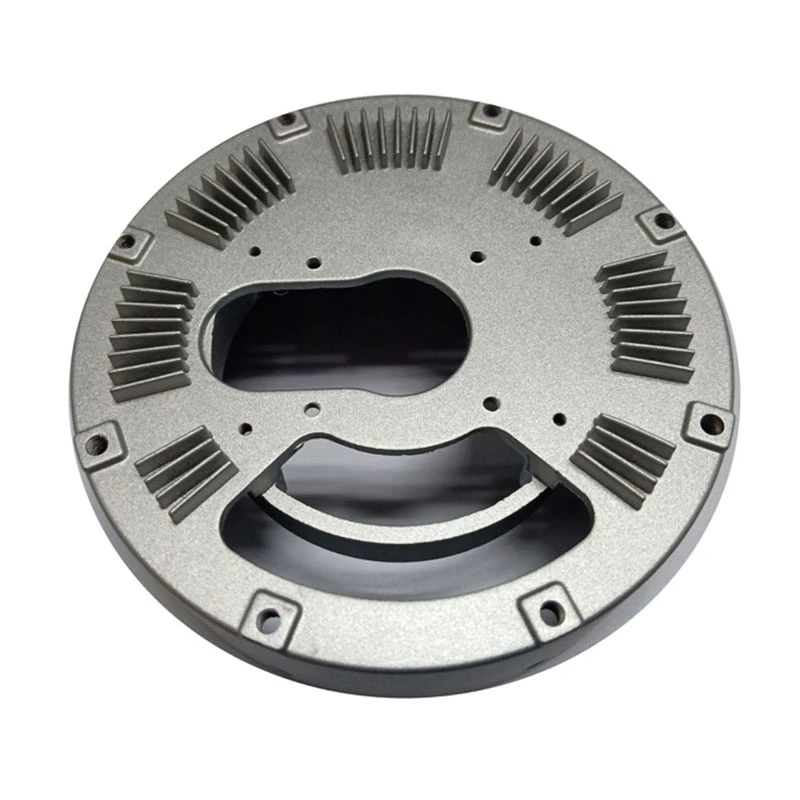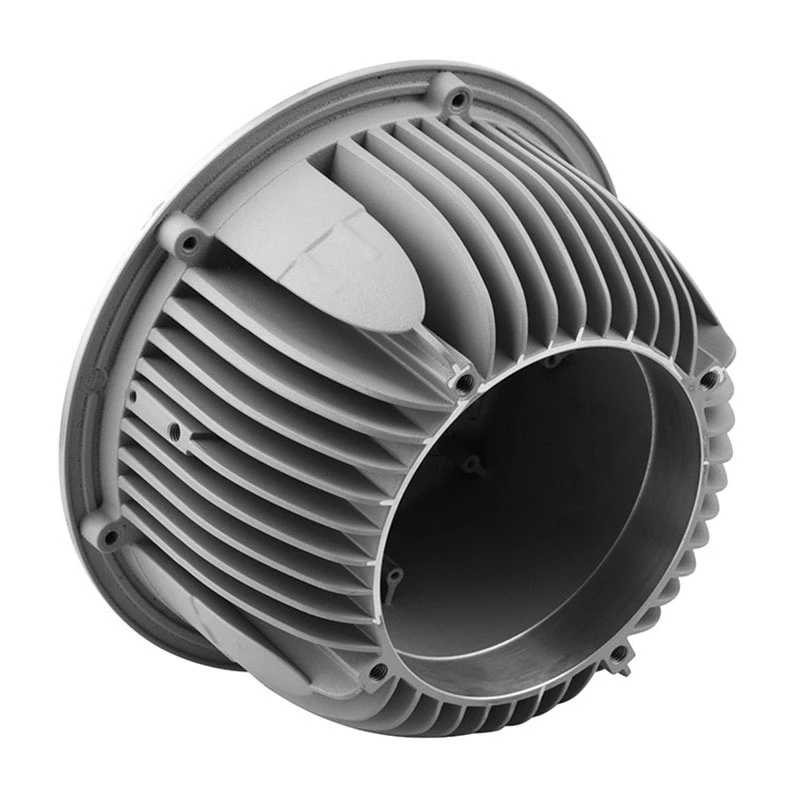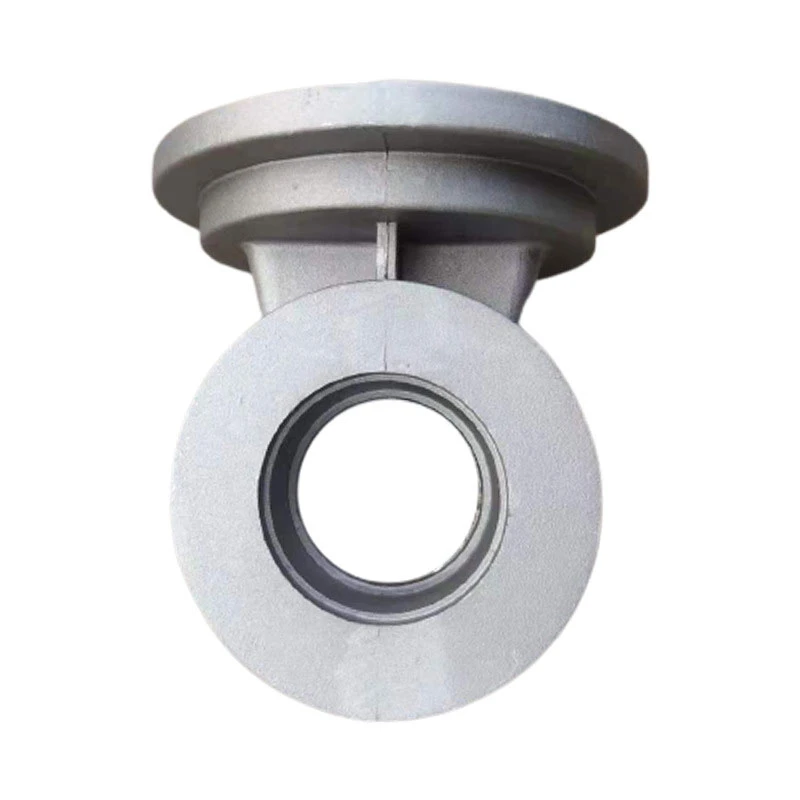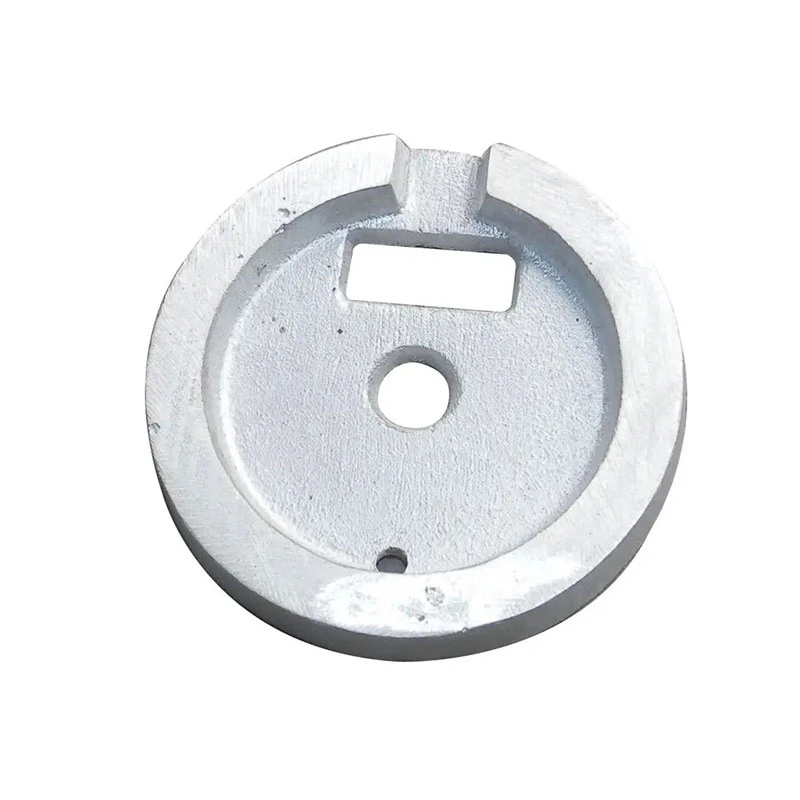High-Quality Sand Used for Casting - Superior Sand for Sand Casting Processes
- Introduction: Significance of sand used for casting
- Types and properties of sand used in sand casting
- Technical advantages and disadvantages of various sand materials
- Comparison of leading suppliers in sand casting materials
- Customized sand solutions for specific industry applications
- Case studies: Industrial success with optimally selected sand
- Conclusion: Future trends concerning sand used for casting
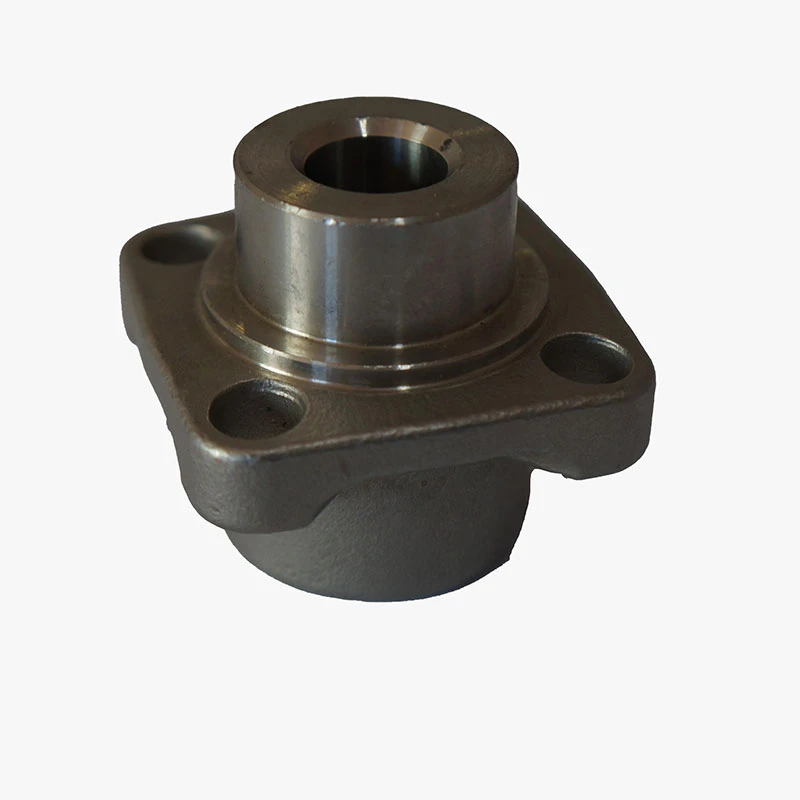
(sand used for casting)
Introduction to Sand Used for Casting in Modern Manufacturing
The role of sand used for casting is pivotal in shaping components across key industries, including automotive, aerospace, and heavy machinery. The process relies on precision and the ability to handle complex geometries, making the choice of sand used in sand casting a critical factor in product quality. According to the World Foundry Organization, over 70% of all metal castings are produced using silica sand-based molds, due to its abundance and favorable properties. The context of its technical evolution, sustainability concerns, and economic impact emphasizes the need to understand the granular details of the sand casting landscape before supplier engagement or material selection.
Types and Properties of Sand in Sand Casting
The primary types of sand used for casting include silica sand, chromite sand, olivine sand, and zircon sand. Silica sand remains the industry standard because of its high melting point and consistent grain structure. However, its thermal expansion may lead to casting defects such as veining or metal penetration. Additives like bentonite clay and coal dust are often incorporated into the sand mixture to enhance binding and improve mold integrity, while reducing errors during the casting process.
Amongst specialized industries, chromite sand is popular for its superior refractoriness and thermal conductivity, crucial for heavy steel casting. Zircon sand offers diminished reactivity with molten metal, reducing erosion of the mold and ensuring a smoother casting surface. In recent years, environmentally friendly alternatives—such as encapsulated or resin-bonded sand—are gaining traction to align with global sustainability goals.
Technical Advantages and Disadvantages of Sand Materials
Selecting the right sand yields improvements in dimensional accuracy, surface finish, and recyclability. Here is a quick breakdown of core properties correlating with performance:
| Sand Type | Max Temperature (°C) | Thermal Expansion (ppm/°C) | Permeability | Surface Finish Quality | Recycle Rate (%) |
|---|---|---|---|---|---|
| Silica Sand | 1700 | 12-15 | High | Good | 95 |
| Chromite Sand | 2150 | 4-6 | Medium | Excellent | 80 |
| Zircon Sand | 2540 | 4.5 | Medium | Best | 75 |
| Olivine Sand | 1760 | 8-10 | Medium | Good | 85 |
While silica sand offers superior recyclability and accessibility, it suffers from higher thermal expansion, increasing the risk of inclusions. In contrast, zircon and chromite sands are selected for demanding environments despite their higher costs, as they maintain mold integrity at elevated temperatures and produce premium finishes for mission-critical components.
Comparison of Leading Suppliers in Sand Casting Materials
The global supply chain for sand used in sand casting centers around a handful of notable vendors. The table below details a comparison on pricing, quality certifications, and regional presence for industry procurement professionals:
| Supplier | Main Sand Types | Annual Capacity (Tons) | Average Purity (%) | ISO 9001 Certified | Price Range (USD/ton) | Primary Markets |
|---|---|---|---|---|---|---|
| Unimin Corporation | Silica, Chromite | 4,000,000 | 98.5 | Yes | 85-140 | North America, Europe |
| ASK Chemicals | Resin-coated Silica, Zircon | 2,500,000 | 99.1 | Yes | 120-260 | Global |
| CARBO Ceramics | Premium Silica | 1,900,000 | 99.4 | Yes | 95-160 | Americas |
| LKAB Minerals | Chromite, Olivine | 1,200,000 | 97.8 | Yes | 115-205 | Europe, Asia |
The supplier choice often depends on the project's engineering requirements, lead times, and compliance thresholds. Price may fluctuate seasonally, while bulk purchases and long-term contracts can drive cost efficiency for high-volume operations.
Customized Sand Solutions for Industry Specifics
As product designs increase in complexity, industries require tailor-made sand mixtures for optimal casting performance. For instance, the automotive sector often mandates resin-coated sands for precise engine block geometries, yielding less than 1% rejection rate and improved mechanical properties. Aerospace manufacturers invest in zircon-based composite sands to fabricate turbine housings tolerating up to 2500°C with exceptional finish, meeting stringent safety standards.
Practical customization includes sand conditioning (moisture control, grain sizing), binder system formulation, and anti-veining additives to suppress casting defects. Digital sand formulation technologies empower real-time adjustments during mold making, further reducing production downtime and scrap. Progressive foundries increasingly collaborate with material scientists to model sand performance using computational fluid dynamics (CFD), targeting a 20% reduction in rework and cost overruns.
Industrial Case Studies: Real-World Applications of Casting Sands
A case from a German brake disc manufacturer highlighted the transition from traditional silica sand to hybrid silica-chromite blends. The switch resulted in a 35% reduction in casting defects and a trimmed cycle time by 18%. Another case in the energy sector leveraged resin-bonded zircon sand for turbine blade molds, increasing yield from 92% to 99.3% after addressing metal penetration issues. Both instances underscore the value of sand optimization aligned with application-specific standards.
In Asia, an electronics components foundry adopted olivine sand to counter high reject rates during copper casting. After sand reconditioning and process tuning, the foundry reported a 100,000 Euro annual savings in material and rework costs. These quantitative outcomes set precedents for manufacturers worldwide to re-assess their sand choices for sustainable growth and product excellence.
Conclusion: Future Trends of Sand Used for Casting
The field of sand used for casting is poised for transformative changes driven by digitalization, sustainability imperatives, and material innovation. The movement toward recyclable and low-emission sand systems—such as alkaline-phenolic and inorganic sands—reflects both regulatory pressure and a commitment to environmental stewardship. And with urbanization and technological advancement expanding global demand, annual consumption of foundry sand is expected to surpass 120 million metric tons by 2030, according to Grand View Research.
Future collaborations between OEMs, material scientists, and suppliers are expected to create more intelligent, adaptive sand blends. These will help companies achieve cost efficiency, regulatory compliance, and breakthrough casting technologies in a competitive market. Keeping abreast of these dynamic trends ensures businesses leverage the full spectrum of benefits that optimal sand selection and customized sand casting materials can deliver.
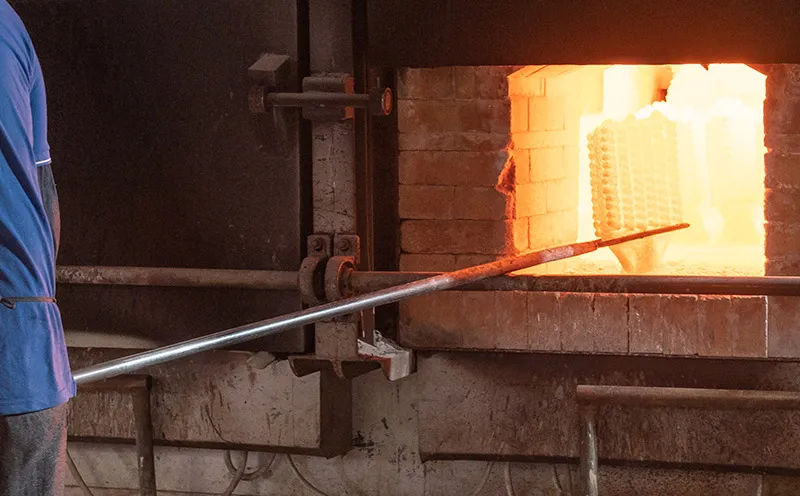
(sand used for casting)
FAQS on sand used for casting
-
Q: What type of sand is used for casting?
A: Silica sand is the most commonly used sand for casting due to its high melting point and availability. It forms the basis for most sand casting molds.
-
Q: What materials are used in sand casting molds?
A: Sand casting molds typically use a mixture of silica sand, clay (bentonite), and water. Sometimes chemical binders are added for improved strength and stability.
-
Q: Why is sand used in sand casting processes?
A: Sand is used because it can withstand high temperatures and can be easily shaped to create complex mold patterns. It is also cost-effective and reusable.
-
Q: Can other types of sand be used for casting besides silica sand?
A: Yes, zircon sand, chromite sand, and olivine sand are also used for specific casting applications requiring different properties. Silica sand remains the most common.
-
Q: What are the key characteristics of sand used for sand casting?
A: The sand must have high refractoriness, good permeability, and cohesiveness to retain the shape of the mold during casting. Proper grain size and cleanliness are also important.
-
Precision Lost Wax Casting Quotes – High Accuracy Custom Parts Lost Wax Precision Casting ServicesNewsJul.07,2025
-
China Supply High End Metal Stamping Parts Sino - Precision Manufacturing FactoryNewsJul.06,2025
-
High-Quality Automotive Investment Casting Services Precision & Sand Casting SolutionsNewsJul.06,2025
-
Sand Casting Plastic Solutions Custom Plastic Machining & Die Casting ServicesNewsJul.06,2025
-
Precision Aluminum Casting Parts Manufacturer High-Quality Investment & Die Casting SolutionsNewsJul.05,2025








